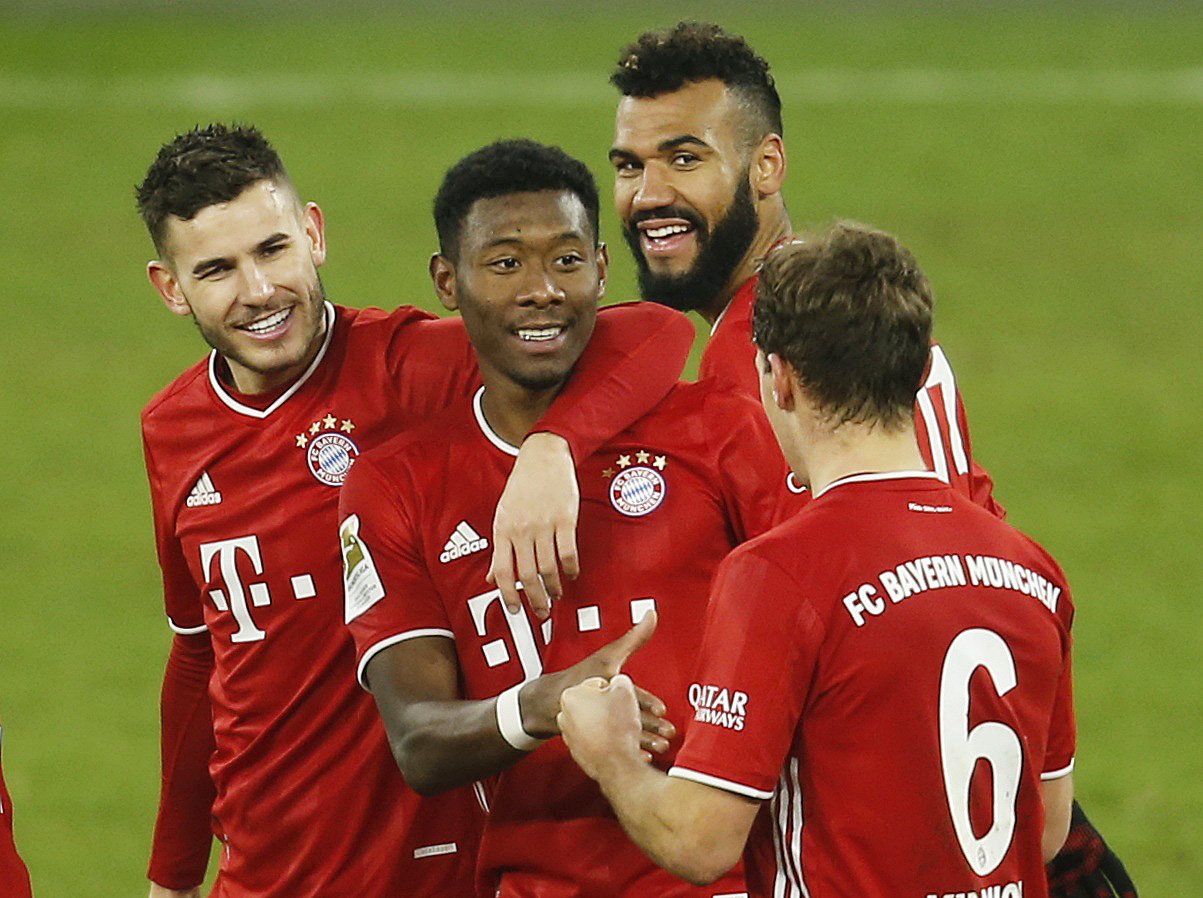A Brief History Of Doping In German Football

They say there’s nothing new under the sun, and doping has been around in German football, in one version or another, for years. Germany is not the only place this has happened, but it’s the place where most attention has been focussed because of the high profile nature of the allegations and one of the individuals who spoke out on it; Joachim Low, the national coach.
He was dragged into an ever evolving discussion by allegations that his former clubs had used anabolic steroids to build up players whilst he was there as a footballer. He denied it all, and it went away in much the same way as the Italian manager Antonio Conte has never been asked to explain allegations that he used a banned substance as a player.
Allegations involving Germany go back to the 1950’s.
Their 1954 and 1966 World Cup teams have long been at the centre of doping allegations, and indeed in 1966 three of their players did test positive for banned substances, but incredibly there were no sanctions.
It is now believed that their 1954 team were regularly receiving injections with a banned substance which had been used to keep exhausted soldiers on the battlefield during the war.
Peter Neururer might not be a familiar name to many people on this side of the world, but he still works in German football today, and he raised quite the scandal in 2007 when he said that doping practices were “rife” in Germany at every level in the sport. He specifically cited the club he had been in charge of in the 1990’s – Schalke 04 – as a sterling example.
Former directors at Eintracht Braunschweig would later admit that they knew their own players were being doped during or around that same time.
The bigger clubs maintain that the game is free of this scourge.
Banned substances so rarely turn up in testing that most assume the game is squeaky clean, but this is not the case.
Doping has simply become more sophisticated and harder to detect … and some methods which are highly dangerous are actually quasi-legal although for how much longer remains to be seen.
In 2018, a major war of words blew up between Pepe Guardiola and Bayern Munich’s club doctor Hans Muller-Wohlfahrt – nicknamed “Healing Hans” – over what he perceived as a tendency with Guardiola to rush players back from injury before they are fit.
Guardiola, of course, had worked alongside him when the Spaniard was Munich’s head coach.
The debate somehow spilled over into discussions about performance enhancing drugs; Hans Muller-Wohlfahrt went on to deny that they are used in football, and offered a medically unsupportable reason why they wouldn’t work.
“It would make no sense to bulk up in football—the muscles would become too heavy. They’d lose elasticity. If a player were to take stimulants, his batteries would be empty after that and he would experience a drop in performance in the following match. As far as I can oversee it, there is no doping in football,” he said.
But as most people who’ve looked at the issue are aware, that’s arrant nonsense … and not only is it blatantly untrue, but it actually misrepresents the real problem.
For openers, he knows that PED’s are rife across football, and it’s a matter of public record that Guardiola has been surrounded by suspicion for a long time … and I’ll get to why shortly.
Everyone with any knowledge of PED’s knows that improved muscle mass and “bulking up” can happen with them and frequently does … and as for “draining the batteries”, one sport aside from football has shown that’s not true at all.
Who says “Healing Hans” is talking crap?
German’s own anti-doping agency NADA, which flatly contradicted him.
“It’s about speeding up recovery in football, treating injuries faster and more effectively, and reducing convalescence. If prohibited substances and methods are used, then that’s also doping,” they said. They pointed out that there is more to doping than use of steroids or stimulants, “therefore doping in football cannot be excluded from the NADA’s point of view.”
Nor should it be, and in particular when you look at the clubs that make up the Red Bull family … and the man who directs the diagnostic training centre which lays down the planning for all the clubs which fit into its sphere.
Bernd Pansold was hired early in his career by Dynamo Berlin, then run by the Stasi, the East German secret police.
He was heavily involved in doping during that time, and not only in football.
He was later charged, and convincted, in a case which involved doping children.
He flatly denies that he has any involvement in doping these days … but that, too, is pretty slippery of him.
Because of course, the organisation he works for is virtually in the doping business … but legally.
The effectiveness of his techniques lie in their impact on another sport and the dark science that surrounds it.
It’s here that the roots of the current trend in Germany lie.
Let’s talk about cycling … and caffeine.